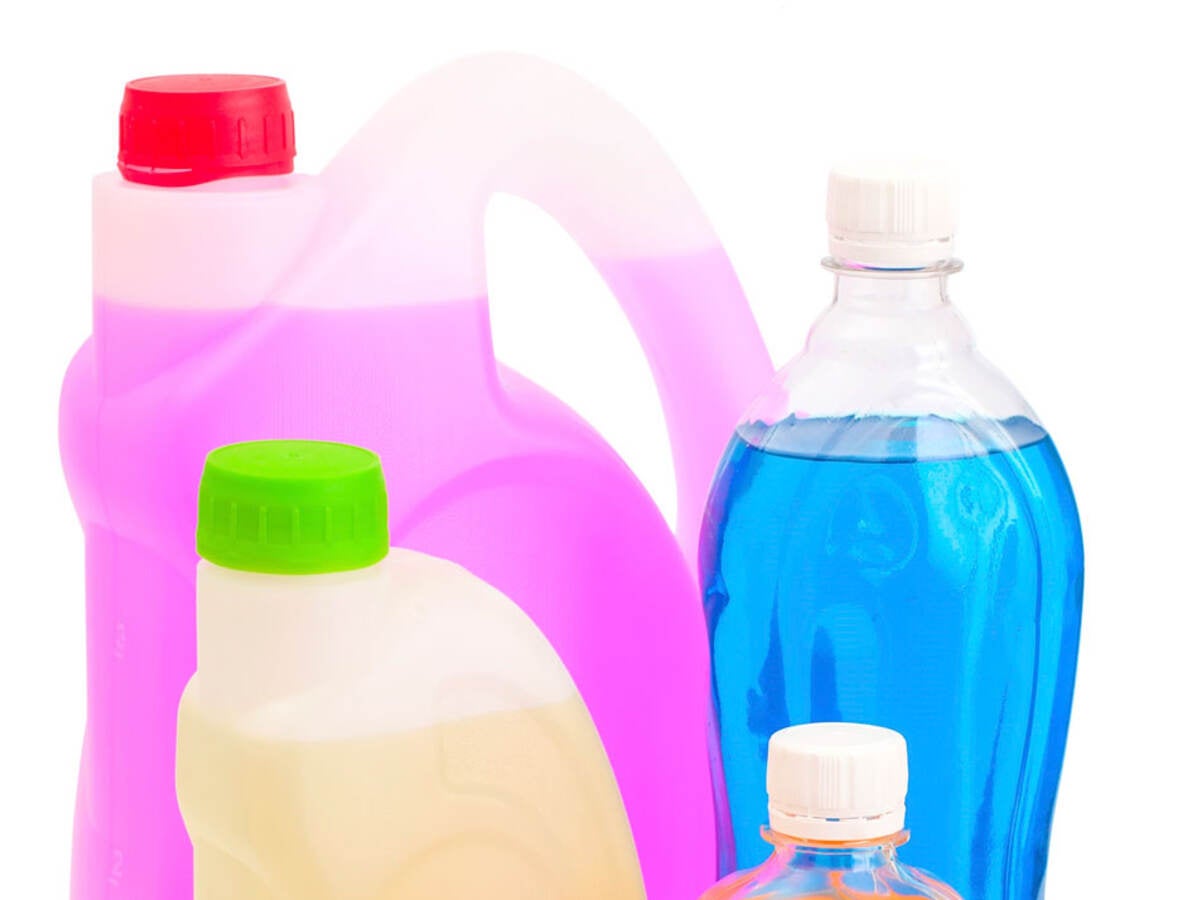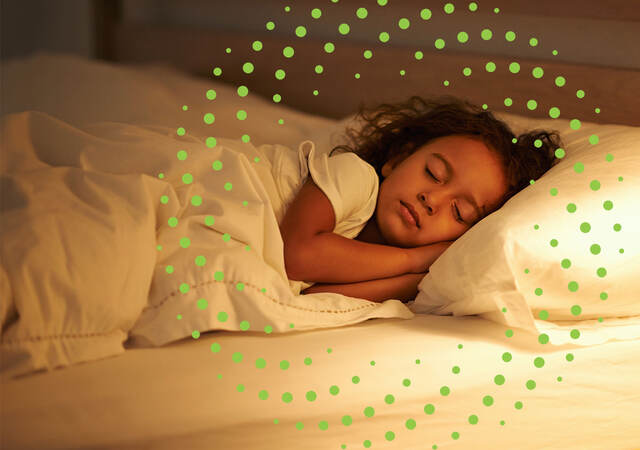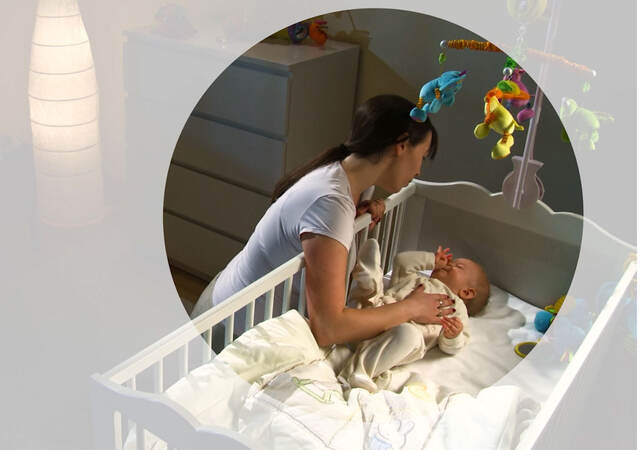Overview
Means of chemical exposure
There are three ways in which people are exposed to chemicals: ingestion, dermal absorption and inhalation. Ingestion occurs when materials that have chemical content are eaten or placed in the mouth. Dermal absorption occurs when chemicals come into contact with the skin. While these are both significant forms of chemical exposure, the majority of everyday chemical exposure occurs through the air we breathe in our homes, offices, schools and other indoor environments. These airborne chemicals are commonly referred to as volatile organic compounds (VOCs).
What are VOCs?
Volatile organic compounds are chemicals used to manufacture and maintain building materials, interior furnishing, cleaning products and personal care products. "Volatile" means that these chemicals evaporate or can easily get into the air at room temperature. "Organic" means these chemicals are carbon based. The term "chemical emissions" refers to VOCs as they evaporate into the air from products.
Studies by the U.S. Environmental Protection Agency (U.S.EPA) and other researchers have found that VOCs are common in indoor environments and that their levels may be two to a thousand times higher than outdoors. There may be anywhere from 50 to hundreds of individual VOCs in the indoor air at any one time. Some may produce objectionable odors at very low levels, but many have no noticeable smell. Many VOCs are irritants and can cause headaches, eye, nose and throat irritation, and dizziness. Long-term exposure to certain VOCs may lead to chronic diseases or cancer. At high concentrations, some VOCs are toxic.
Where are VOCs found?
The majority of VOCs found in indoor environments originate from building materials, indoor furnishings, cleaning supplies, consumer products and processes, such as printing, cooking, hobbies, cleaning, interior renovations and pesticide applications.
Results from studies conducted as part of the state of Washington's East Campus Plus Program showed that 96 percent of the VOCs found in a large office buildings following construction resulted from the materials used to construct and furnish the building.
- Volatile organic compounds are found in a number of products, including: furniture, paint, drywall, bedding, paint strippers, adhesives/glues, solvents, upholstery and other textiles, carpet, cleaning products, copy machine toners, office supplies, electronic equipment, dry-cleaned clothing and building materials.
- A few common VOCs in homes, offices and schools include: Formaldehyde, Decane, Butoxyethanol, Isopentane, Limonene, Styrene, Xylenes, Perchloroethylene, Methylene, Chloride, Toluene and Vinyl Chloride
Why UL Solutions
UL GREENGUARD Certification program is recognized by buyers, building specifications and purchasing organizations around the world. and are backed by UL Solutions’ 125 year history of product certification experience. By selecting products with third-party certification by UL Solutions, you can be assured that the claims being made have been tested and verified to UL Solutions’ science-based standards.
Get in touch
Have questions, need specifics? Let's get this conversation started.





